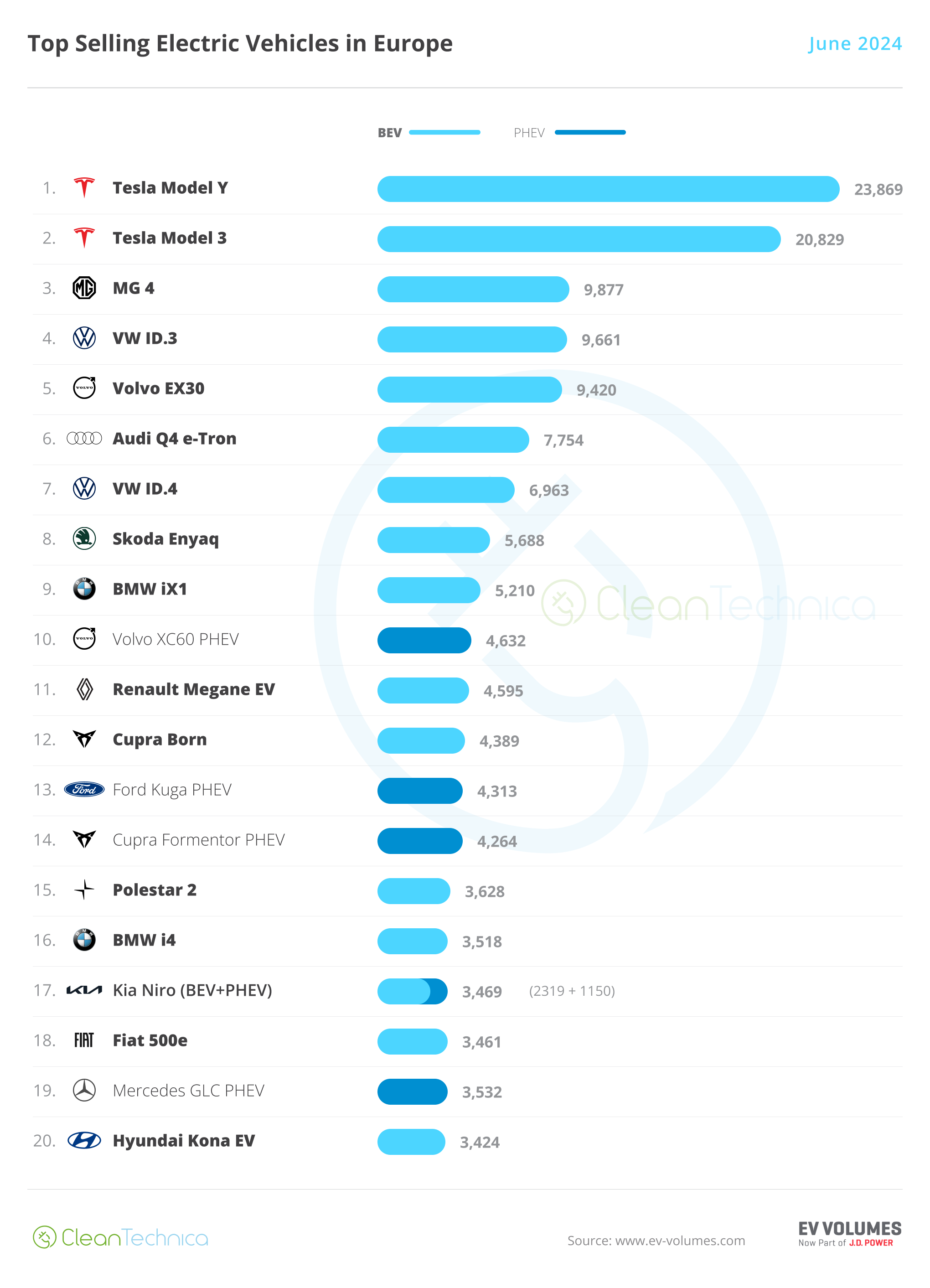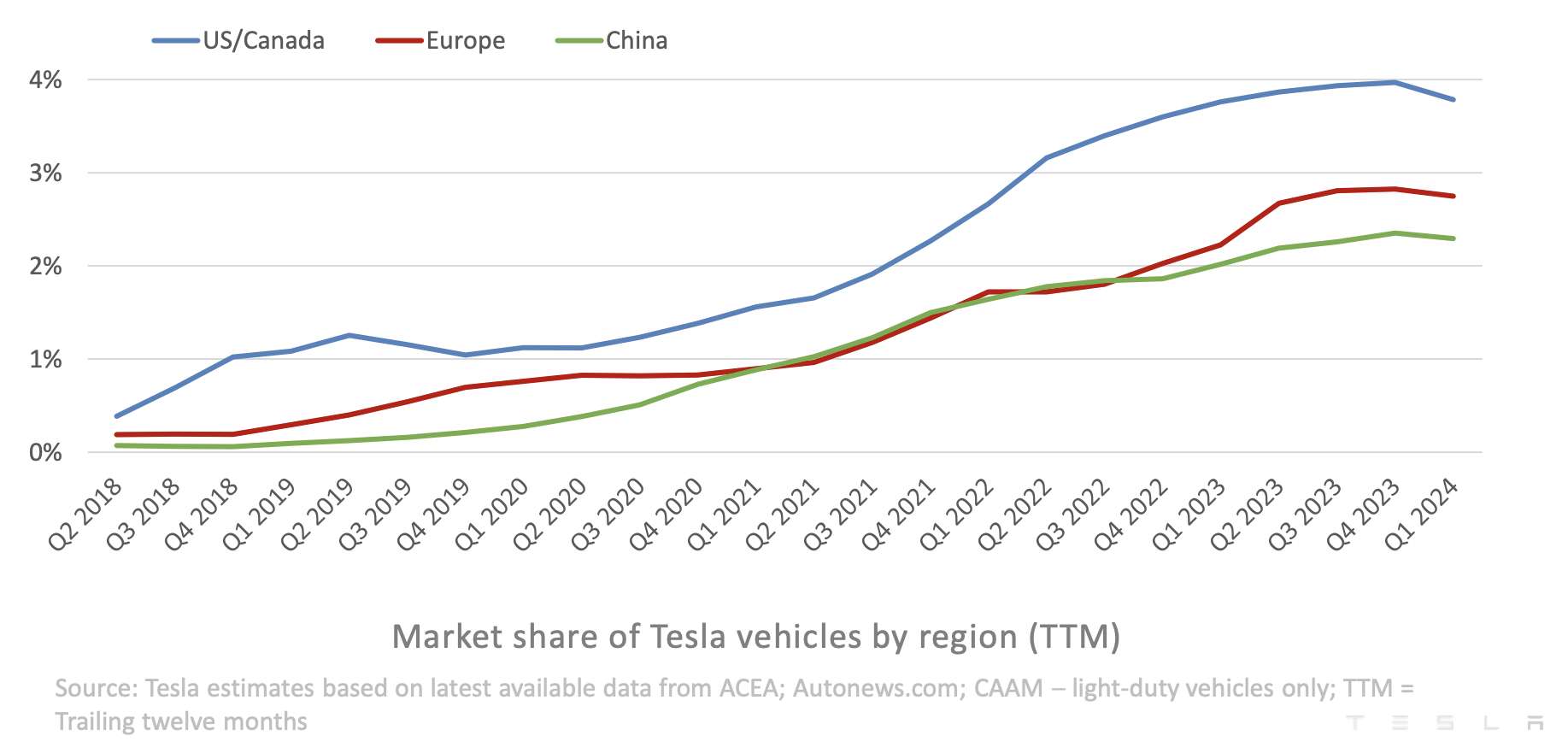Sign up for daily news updates from CleanTechnica on email. Or follow us on Google News!
Rural solar power projects in the US have been encountering more and more opposition, and something is afoot beyond the very human desire to resist a change in the neighborhood. Reporters have been noticing that misinformation about solar projects is being spread and amplified online, helped along by organizations and persons linked to the fossil energy industry. With that in mind, now would be a good time to review some of the changes that fossil energy extraction has wrought on rural communities.
Who Loves Rural Solar Power?
While habitat protection is a concern for rural solar development, it is barely relevant when the solar project is on farmland. Rural solar developers like to plant solar panels on farmland because it is reasonably level and tends to have handy road access. The land has already been de-treed and re-organized into a commercial operation that maximizes sunlight, bearing little if any resemblance to its former, natural state.
Also, farmers like the revenue from leasing their land for solar projects, regardless of partisan politics. Recently I had conversation about rural solar development with an executive from the firm Engie, who pointed out that its solar contracts tend to involve smaller, independent farmers eager for a dependable source of revenue.
In an op-ed earlier this year, the chair of the Iowa Conservative Energy Forum, Ray Gaesser, also mounted a spirited defense of solar power on farmland as a drought-proof energy crop that provides farmers with good income.
When you put it that way, an array of solar panels offers some sustainability benefits over energy crops that need inputs of nutrients and water. Solar panels don’t need fertilizer or irrigation, except perhaps for the occasional wash. Shade from the panels also helps to conserve moisture in the soil, and the site can double as a restoration field for native grasses and pollinator-friendly plants.
Rural Solar Power Critics: Follow The Money
So much for the supporters. There are also many detractors. Other than energy crops grown on nearby farms, many rural residents live in communities that have never hosted any kind of energy industry of any remarkable size, so a big solar power project represents a significant shift.
“For all the talk about saving the family farm, when independent farmers try to save themselves with solar energy it’s not always welcome news for the neighbors,” I pointed out for CleanTechnica all the way back in 2018, regarding opposition to a proposed solar array on farmland in the state of Washington.
Evidence soon began to emerge that organizations with ties to fossil energy industries have also been lending a helping hand. In 2019 E&E News reporter Kelsey Brugger took stock of the interplay between ad hoc anti-solar groups comprised of local opponents, and permanent organizations driving the climate denial industry.
“Many in the anti-solar crowd…seek input from well-known deniers of human-caused climate change and anti-renewable activists,” Brugger observed. Brugger cites the example of longtime Republican influencer Susan Ralston, who successfully opposed rural solar projects near her farm in Virginia after seeking guidance from John Droz, an anti-wind activist known for his pushback against climate science and his organizational skills.
Ralston went on to found the nonprofit organization Citizens for Responsible Solar. In February of 2023 National Public Radio brought national attention to the group, describing it as “part of a growing backlash against renewable energy in rural communities across the United States. As of last year, Citizens for Responsible Solar was taking credit for helping local groups organize against solar power projects in 10 states.
“Citizens for Responsible Solar was founded in an exurb of Washington, D.C., by a longtime political operative named Susan Ralston who worked in the White House under President George W. Bush and still has deep ties to power players in conservative politics,” NPR added.
Ralston’s profile on the Citizens for Responsible Solar further explains that she served as Special Assistant to President George W. Bush and as a deputy to Senior White House Advisor Karl Rove.
Where Rural Solar Projects Go, Heartland Is Sure To Follow
Along similar lines, last December Energy News Network also described how local residents with ties to the natural gas industry organized other residents against a solar power project in Ohio. The well-funded venture included a 500-person event with a speaker’s list including Steve Goreham, who ENN describes as “a featured policy expert on the website for the Heartland Institute.”
Heartland first emerged as a front line warrior against tobacco regulation in the 1980s, and later embraced a similar denial and misdirection playbook to push back against the energy transition.
“Heartland is well known for its attacks on mainstream climate science, and Goreham has often argued against the scientific consensus that human-caused climate change is real and driven primarily by emissions from burning fossil fuels,” ENN noted (see more Heartland Institute background here).
Who Could Forget Exploding Homes & Forever Fires?
The denial and misdirection playbook is hard at work over at Citizens for Responsible Solar, which informs visitors to its website that “solar power plants on rural land negatively impact our ecosystem and contribute to climate change.”
Be that as it may, the need to find a different way to feed the nation’s thirst for energy was in full display last spring, when methane gas linked to subsidence issues at the Oak Grove coal mine in Jefferson County, Alabama, reportedly found its way into a home and exploded. The house was leveled to the ground. Two persons were home at the time. They both suffered catastrophic burns and one died.
That was not a one-off. Nearby homeowners have raised concerns that they are also at risk, as the Oak Grove mine has been linked to area-wide subsidence that could enable methane to travel upwards. “Damage from subsidence is evident around the community with homes crumbling and held up by jacks, others are abandoned,” reported local ABC news affiliate 33/40 in May.
Another example is the rural Pennsylvania town of Centralia, where 1,000 residents were forced to relocate following subsidence linked to a mine fire that erupted under their homes in 1962. Sixty-odd years later the mine is still burning, having survived initial attempts to put it out.
In a recent update, the NBC affiliate WGAL noted that experts anticipate another 500 years of burning before the fire dies out. They also took note of warning signs posted by the Pennsylvania Department of Environmental Protection, aimed at discouraging random visitors to the site:
“The area encompassed by the Centralia Mine Fire is extremely dangerous. Walking and/or driving in the immediate area could result in serious injury or death. There are dangerous gases present, and the ground is prone to sudden and unexpected collapse. DEP strongly discourages anyone from visiting the immediate area.”
No kidding. Just last month subsidence in a coal mine suddenly caused a sinkhole measuring 30 feet deep and 100 feet wide to appear in a public park in Alton, Illinois. In addition to destroying a soccer field, the sinkhole swallowed up a set of bleachers. Fortunately no-one was present at the time.
More Solar Power For More Communities
That’s just a few bits of news related to the coal industry. Drop a note in the comment thread if you have experienced similar issues involving the extraction, transportation, or use of coal, oil, or natural gas in your community.
Meanwhile, solar developers are beginning to absorb some lessons learned about the need to get ahead of anti-solar misinformation and provide for meaningful community engagement from the start. A similar movement is afoot among public agencies seeking to enlist the support of local organizations to stimulate solar development in underserved areas.
The community solar and agrivoltaic trends are also helping to build more local support for local solar projects, so keep an eye on that, too.
Follow me via LinkTree, or @tinamcasey on Threads, LinkedIn, and Instagram.
Photo: Rural solar power projects can co-exist with farming operations (courtesy of National Renewable Energy Laboratory).
Have a tip for CleanTechnica? Want to advertise? Want to suggest a guest for our CleanTech Talk podcast? Contact us here.
Latest CleanTechnica.TV Videos
CleanTechnica uses affiliate links. See our policy here.
CleanTechnica’s Comment Policy





